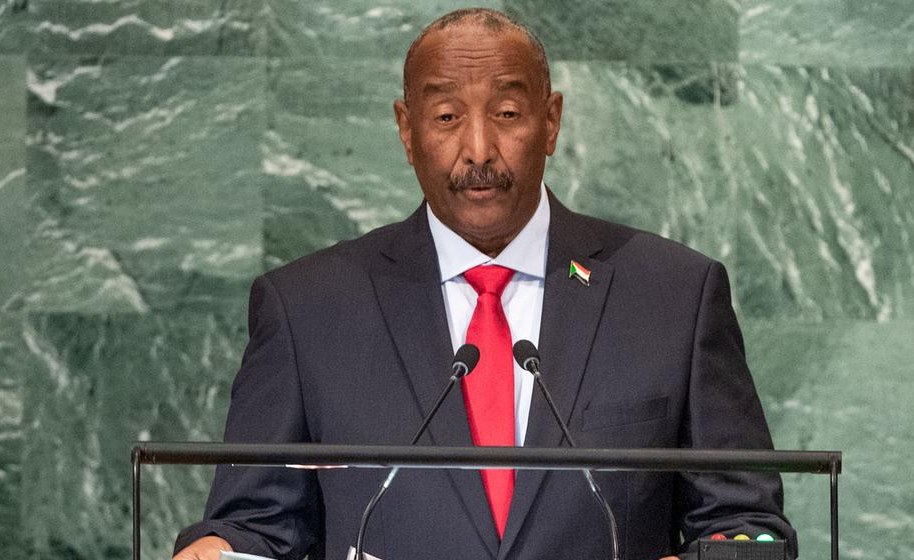Zimbabwe has literally become a blackout nation as the country struggles with a crippling electricity supply crisis which has forced daily power cuts lasting as long as 18 hours in some areas.
The country has, for years, failed to generate enough electricity to meet its needs forcing power utility ZESA to ration supplies as it does not have the money to plug the shortfall with imports.
But the crisis has worsened in recent days after local generation collapsed to 984 megawatts against a daily demand of 2000 MW.
Energy ministry permanent secretary Mbiriri was brutally frank on why the country finds itself in this predicament.
“We did not invest in the energy sector, in the power sector, for many years. The last phase of Hwange was done in 1987,” Mbiriri was quoted as saying by a State-owned daily.
The Zimbabwe Electricity Transmission and Distribution Company (ZETDC) blamed the problems on low water levels at Kariba Power Station, and generation constraints at Hwange Power Station and limited imports.
The company released a load shedding time table that will see some residential areas going without power for at least 9 hours and as much as 18 hours every day.
According to the schedule, Harare’s Belgravia suburb, where some embassies are located, would have power cuts on Mondays, Wednesdays, Fridays and Sundays from 04:00 to 22:00. Many other suburbs and cities were similarly affected.
But, ever quick to find a comic upside to their unending challenges, some Zimbabweans joked that the power utility was imposing a compulsory weight-loss programme on the nation.
“The Zesa Weight Loss Programme is the most result-showing weight loss programme on the planet.
“I have not been able to cook for days now and you are absolutely right, I am load-shedding!” wrote resident, Lisa Fulton, in a post that was shared on Facebook community, ‘What’s up Harare’.
The energy ministry, meanwhile said government would legislate a ban against electric geysers to help reduce power usage.
Those who want warm showers can install solar geysers, the ministry advised.
Earlier in the week, vice president Emmerson Mnangagwa promised “joy in our homes” when challenged over the crisis in Parliament.
“It is our wish that we produce enough electricity,” he said.
“That is why we allowed two companies to build thermal electricity plants that will each generate 300MW to give us 600MW. You are also aware that expansion of Kariba South is underway. This will bring joy in our homes.”
But Mbiriri said families would likely have to wait until 2018 for Mnangagwa’s promised joy.
“There is nothing dramatic you can do in response. In other words you can’t find a quick solution to reduced generation from Kariba or any other station,” he said.
“Each of the projects will take 18 months to be implemented. We anticipate that come end of 2017, we should experience material improvement in power generation.
“In 2018, we should be generating enough to meet our domestic requirements.”
Source – Newzimbabwe.com
South Africa Today Africa – Southern Africa Zimbabwe News









